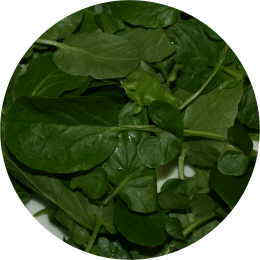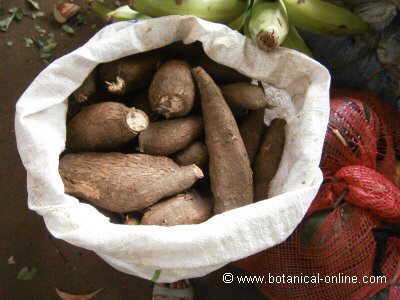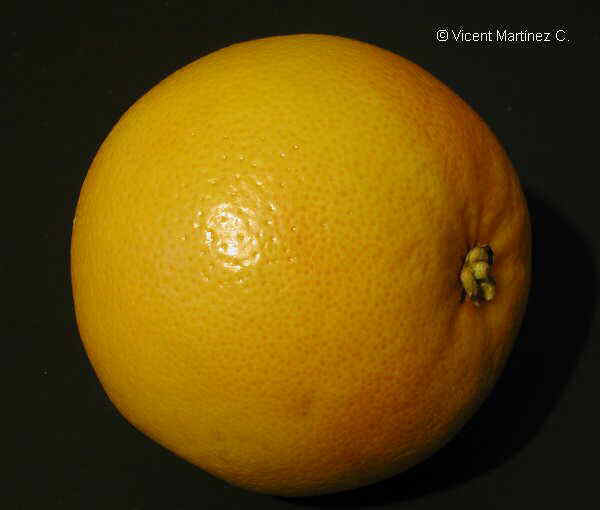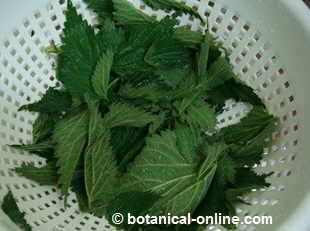What is the sesame oil?
Sesame oil is an oil extracted from the seeds of the sesame plant (Sesamum indicum). There are different types of oil derived from sesame seed types and the method of production. Among them, the main are:
- Cold pressed sesame oil: it has a pale yellow color. It is the preferred sesame oil for natural food stores in the Western countries, since it has all its properties.
- Toasted sesame oil: It has a dark brown color. It is produced from roasted seeds. It is the most widely used in East Asia.
It has an intense aroma and flavor. Some Japanese sesame oils are particularly dark, almost black. This is why you can only add a few drops of them to meals, so as taste and smell becomes not to much prominent.

Photo of sesame oil
- Pressure sesame oil: It has a yellow color. It is generally obtained by non-cold pressure, and it is usually filtered twice. It is the oil used in India for both food and massages or the one that Ayurvedic medicine uses. Its aroma and taste are less intense. Many of its properties are lost in the refining process.
The major saturated fatty acids of sesame oil are palmitic, palmitoleic and stearic acid. Oleic acid makes up most of its monounsaturated fatty acids, whereas linoleic acid (omega-6) is the major polyunsaturated fatty acid. It also contains about 1% linolenic acid (omega-3).
Besides fatty acids, sesame oil is rich in vitamin E, which provides antioxidant properties.
USES OF SESAME OIL
Traditional use of sesame oil
Traditionally, sesame oil has been widely used by many cultures, as described by Joseph Oriol in his “Dictionary of commercial industrial and agricultural matters” (1851)
| “Fixed oil extracted by pressure from the oriental sesame seeds, known to Europeans by the name of Sesame or Joy, a native of the East, which grows particularly in Persia and Egypt, where it is grown in large quantity. This oil is sweet, pleasant, it is kept for a long time without becoming rancid, and can be compared with the best Olive oil, a density of 0.927. Treated with sulfuric acid, it takes a red color, and wash water is yellow. It burns with a beautiful flame, and solidifies near zero. Used to prepare food of all kinds, and all economic uses, such as the “lighting, etc. The Arabs prefer it to olive oil. In Japan, it is used instead of butter and fat. In the Levant, it is mixed with starch and honey to make up a dish called Calta, which Calvalgi sell in Esmima streets, etc. The women of Egypt drink it in the morning to gain fat. Also used as a medicine, it is used as a reliever, laxative, etc. The bagasse of this oil in Egypt, crushed with honey and lemon juice, composes tahini, a food which is highly used in this country. Black people in Georgia and South Carolina, mix it with corn for their daily food. Despite the former importance of this oil, it is sensitive its use is not made between us and that has not been sought to exploit the growing of the plant that produces such rich seeds, which give 90 percent of its weight in oil what is not verified in any other oleiferous plant “ |
Culinary uses of sesame oil
Despite the enormous amount of linoleic acid (omega-6), sesame oil is a good oil to use it in the kitchen because it resists high temperatures. In addition, due to its richness in vitamin E, and natural preservatives sesamol and sesamin, it is an oil that lasts long and does not become rancid over time. Normally, only monounsaturated oils such as olive oil, often resist the test of time when exposed to external agents such as light or air.
Pressed sesame oil is light in color and resists higher temperatures, making it useful for frying, while the darker sesame oil made from toasted seeds requires lower temperatures because it is more likely to burn and produce smoke. Pressure oil can be used to fry or to cook vegetables. Cold-pressed sesame oil is best used for cold dishes, like salads.
Since sesame oil is very tasty, many excellent dishes are prepared with it. In Indian cuisine, especially in southern states, people make widespread use of such an oil, as Mediterranean cuisine does from olive oil.
Quite commonly used in Chinese and Korean cuisine. (More information on Sesame Recipes in the listing below)
Composition of sesame oil per 100 g
| Composition of sesame oil per 100 g | |
| Water | 0 g |
| Calories | 884 kcal |
| Fat | 100 g |
| Proteins | 0 g |
| Carbohydrates | 0 g |
| Fiber | 0 g |
| Potassium | 0 mg |
| Phosphorus | 0 mg |
| iron | 0 mg |
| Sodium | 0 mg |
| Magnesium | 0 mg |
| Calcium | 0 mg |
| Copper | 0 mg |
| Zinc | 0 mg |
| Manganese | 0 mcg |
| Vitamin C | 0 mg |
| Vitamin A | 0 UI |
| B1 vitamin (Thiamin) | 0 mg |
| B2 vitamin (Riboflavin) | 0 mg |
| B3 vitamin (Niacin) | 0 mg |
| Vitamin B6 (Pyridoxine) | 0 mg |
| Vitamin B9 (Folic acid) | 0 mcg |
| Vitamin B12 (Cobalamin) | 0 |
| Vitamin E | 4, 090 mg |
| Vitamin D | 0 |
Recommended consumption of sesame oil
In Europe, sesame oil is consumed very little in the kitchen. In the United States, it is becoming very important as a cooking oil. For this reason, the American Heart Association recommends that this type of oil should not exceed 10% of total calorie intake per person per day.
The reason is that there is a large imbalance in its composition in terms of essential fatty acids. For proper functioning of the body is has been established the appropriate relationship between essential fatty acids omega-3 and omega-6.
The proper ratio stands at 4:1, that’s to say, four parts of omega-6 to one part of omega-3. The superiority of omega-6 in the sesame oil, according to experts, can sometimes be responsible for diseases such as, heart attack, depression, diabetes. etc. Therefore, it is recommended a very moderate intake of this type of oil (a few drops in salads or vegetables per day)
When eating, it is better to take it crude. If used in cooked dishes, is added after the end of cooking to prevent heat to destroy its properties. This type of oil for a heavier consumption should be diluted with other vegetable oils such as sunflower or soy oil (6 to ten parts of sunflower and soybean for a part of sesame oil)
Contraindications to the use of sesame oil
Sesame oil has laxative properties, thus it should not be used in case of diarrhea.
Some people are allergic to sesame. In theory, sesame oil should be purified and free of proteins that cause this allergy. Therefore, the pure purified sesame oil should not cause any allergy. However, it is very difficult to ensure complete purification of this oil, so its use is not recommended for people allergic to sesame or to other foods such as peanuts, kiwi, poppy seeds, hazelnuts, macadamias, pistachios
Industrial uses of sesame oil
From an industrial point of view, it is mainly used in the cosmetics industry. This oil is diluted components will provide the properties to maintain your skin or to heal it. Its high content of vitamin E gives this oil stability while offering very valid properties for the care of our skin.
The pharmaceutical industry also uses sesame oil in the manufacture of medicines.
Sesame oil is used for its insecticide properties to spray the plants and kill insects, especially beetles. It was also found that this oil increases the power of pyrethrins, a component that is used in the composition of many insecticides. Thus, not surprisingly, sesame oil becomes part of many insecticides.
In the manufacturing process of sesame oil, less valuable waste is used to manufacture soaps, industrial lubricants or fuel for lighting.
Therapeutic properties of sesame oil
From a therapeutic standpoint, sesame oil has been extensively used in Ayurvedic medicine in India. In this country, sesame oil has traditionally had a large role as a medicine and as a product used in religious ceremonies. Sesame oil is used to illuminate the temples in this country.
Western herbal medicine is giving increasing importance to sesame oil as therapeutic remedy for the treatment of many diseases and especially as regards the treatment of cholesterol, hypertension, nervousness or side effects of menopause
![]() More information on sesame seeds and other characteristics.
More information on sesame seeds and other characteristics.








